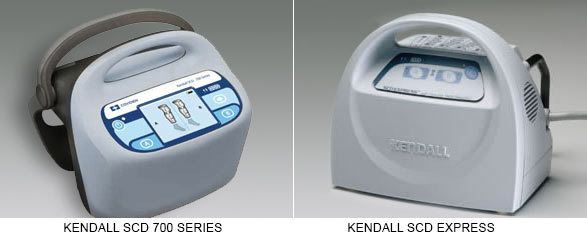Category: Advancing Modules
Module test

This is the module test for ‘Hyperacute stroke treatments including thrombolysis and thrombectomy’. It is strongly recommended that you work through the learning materials of the module prior to commencing this test. By going straight to the test you may miss out on valuable learning contained within the module. The answers to all the test questions are contained within the module. This information may have been provided in the ‘Additional Information’ boxes on some of the pages.
To gain a certificate of completion you will need to answer at least 18 of the 20 questions (90%) correctly
You should allow approximately 20 minutes to complete the test.
Cleaning the IPC equipment
- The sleeves are single use and should be replaced if soiled
- The tubing can be used again but must be cleaned (see video)
- If the patient has a recognised hospital acquired infection such as MRSA, C Diff or Norovirus we would advise discussing the cleaning of the equipment and re-use or disposal of the tubing with your local infection control team
- The controller should be cleaned regularly and between patients (see video)
Hyperacute stroke patient pathway
The patient pathway from the 999 call to treatment and discharge.
Select the crosses for more details.
Types of alarms on SCD Express controller
The Kendall SCD Express control panel
Red lights and what to look for
Low pressure alarm
Check that the sleeves are the correct size and tight enough
High pressure alarm
Check that the tubing is not kinked or trapped on the bed
Switching on the Kendall SCD Express
The following video illustrates how to prepare the SCD Express once the sleeves have been placed on the patient’s legs.
The video shows a 700 series controller but the process is the same for the SCD Express controller.
If the controllers are not in regular use, they should be attached to the mains every month.

Applying IPC – test your knowledge
Optimising adherence to IPC
- Write IPC on medication chart – but it does not need to be prescribed by a doctor – a nurse can write this up
- Ring 3x per day to remind the nurses to check the legs regularly and to ensure IPC is working properly
- Explain to patients (and remind them) that IPC reduces risk of DVT and improves their chances of survival
- Apply to one leg if unwilling to have it on both – best applied to the weak leg which is at greater risk of DVT
- Apply for part of the day or night
- Educate all staff to replace sleeves and switch on after therapy, bathing etc
- Use of IPC is being monitored in national audits in England (SSNAP) and Scotland (SSCA)
Common mistakes in applying sleeves
Also, DO NOT put sleeves over a catheter bag. Applying the IPC incorrectly will reduce its benefits and may increase the risk of adverse effects


